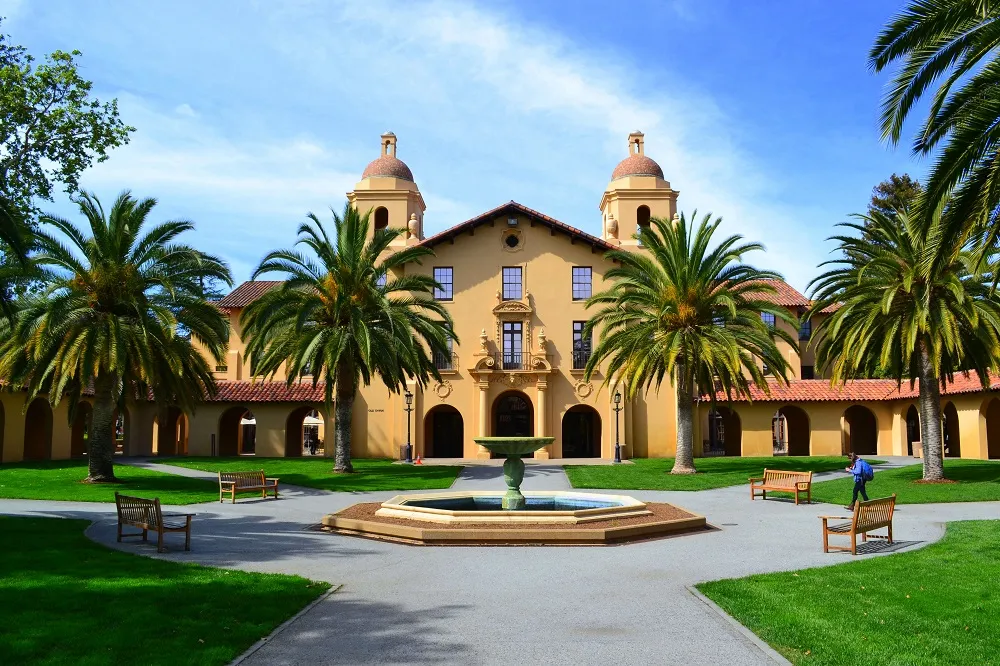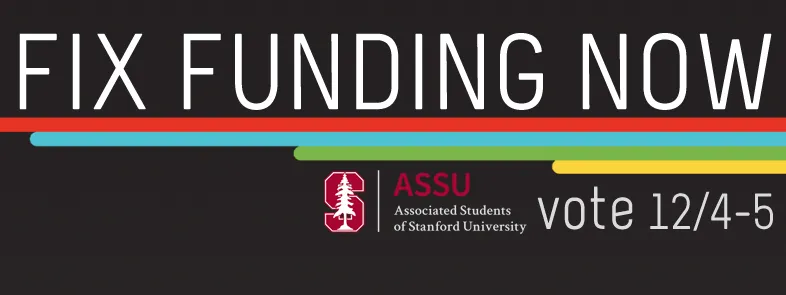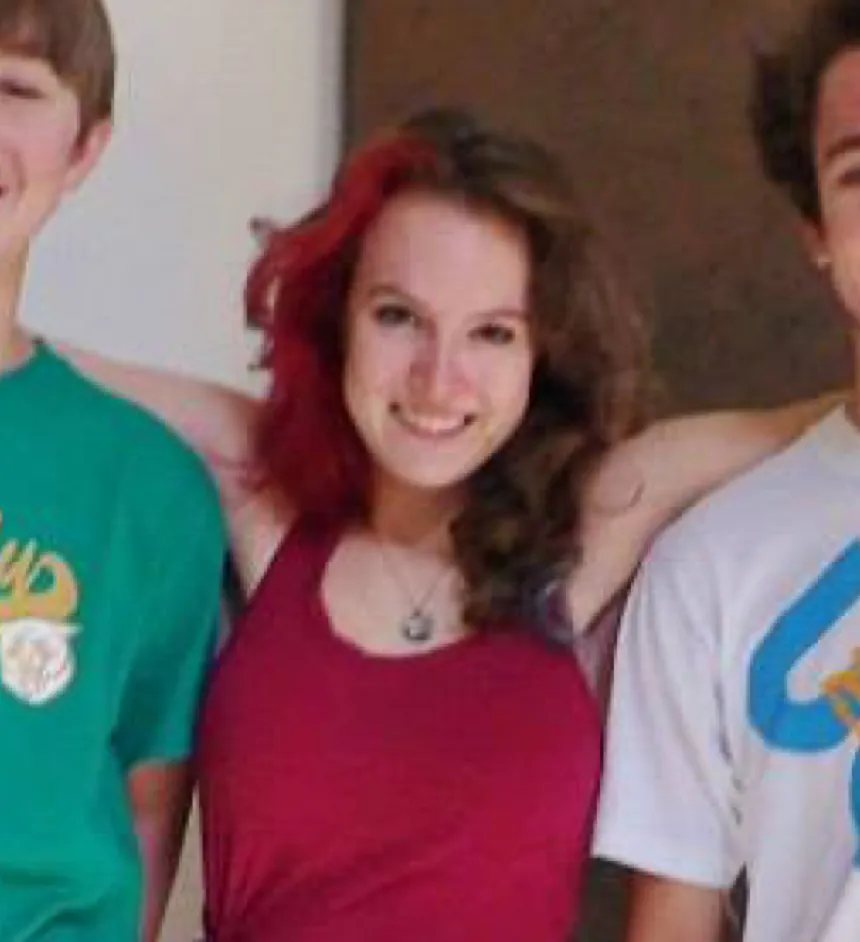Table of Contents
Earlier this week, Stewart MacGregor-Dennis and his running mate for the ASSU Executive, Druthi Ghanta, announced their platform, entitled the “Stanford Student Challenge.” Modeled after the Stanford Challenge which brought Stanford an unprecedented amount of capital in excess of $6 billion, their slate (which I shall henceforth refer to as MDG, no pun intended) is a nice step-down from the incredibly overarching agenda of what was once known as Stanford 2.0.
However, this isn’t saying much. Although it truly seems like Stewart has learned a lot over the last year of being a member of the ASSU executive, I believe that MDG still fails to recognize what is actually humanly possible for the ASSU to accomplish. What is not possible is for the ASSU to actually complete all the action items delineated in the 40-pager. More importantly, I would like to question if some of these are indeed necessary, and whether a lot of them would actually work out. For the most part, I’m afraid that if MDG gets voted into the ASSU Executive, either I will never know what they’re actually up to, or they will end up accomplishing nothing.
But first, a few happy thoughts for MDG. Small endeavors such as improving the shuttle service to Big Game are always commendable, since this could be one of the few things any ASSU achieves that students would actually care about. It is also nice to see that the focus on entrepreneurship would advocate for introduction of more online tools, preferably run by students, such as ClassOwl, into students’ daily routines of tech use in academics. New e-tools to improve learning or organization are always welcome, and facilitate creativity amongst students. Some initiatives regarding wellness, such as trying to provide counseling via the internet, could also be interesting experiments.
However, my problem is with ideas such as “Improving advocacy.” Simply stating that advocacy should be improved leave me wondering what in the world I should expect. The last time an ASSU Execute proposed more advocacy, we saw an inordinate number of cabinet positions sprouting up and ballooning the student government. MDG does a sub-par job of actually telling us what a lot of their action items mean. Another example is the Inter-University eNetwork, through which the ASSU can exchange ideas with other student governments around the country. This to me sounds like picking up the phone or sending an email- not an established agenda item.
Furthermore, some proposed initiatives are simply too much of an overreaching attempt on the part of MDG. For example, advocating for free physical training sessions: while I understand how this can be enticing, since when has the lack of free trainers at the gym been a major concern for students? Yet another initiative is the Division of Internal Review (DIR), introduced last year. This division has not done anything superbly different to deserve its individuality within the ASSU, and basically performs a task better left to the ASSU Senate.
All in all, MDG’s plans are once again broad, overreaching, and bound to go mostly unattained. It is nice to see that MDG has touched base with Stanford students on a lot of initiatives, but quite disappointing that even after a year in the executive, they haven’t learned that the ASSU will never accomplish as many tasks as MDG is bent on completing.








